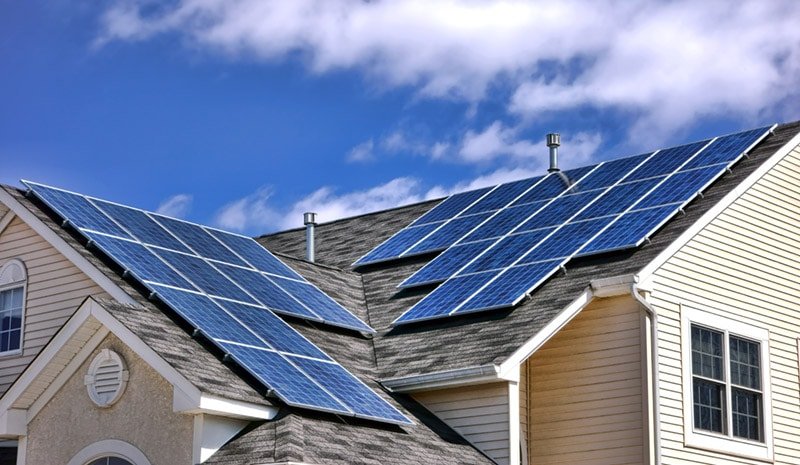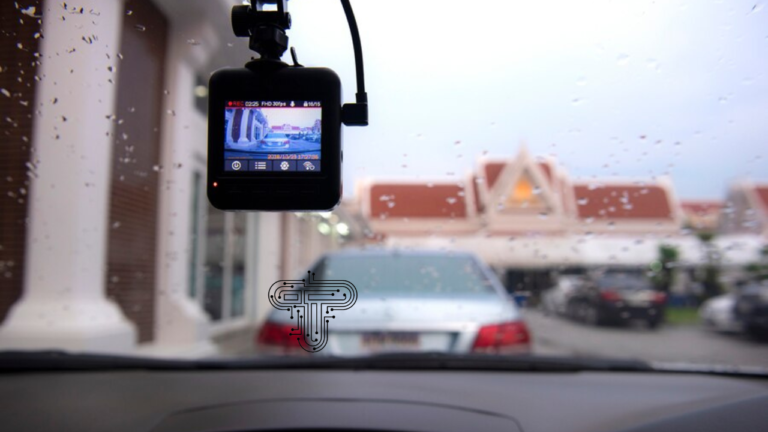Flexible PV Panels: The Solar Tech for Roofs That Couldn’t Go Solar Before
Glass solar panels are great and all, but they’re not for every roof. And if you’ve ever tried putting up a solar system on a curved or non-standard roof, you already know the struggle. Some buildings just don’t have the structure to hold the weight, others aren’t flat, and many owners don’t want to drill, change, or damage their architecture just to go solar.
That’s exactly why flexible PV panels are becoming a major trend in solar energy today. They’re not just some fancy add-on, they’re solving real-world problems for real buildings. Think stadiums, factories, warehouses, temporary structures, even old commercial sites that were never designed with heavy glass solar panels in mind.
Now they can finally join the renewable energy revolution without rebuilding their whole structure.
Why Some Roofs Can’t Handle Glass Panels
Let’s start, glass panels are heavy. A typical glass solar panel can weigh a lot per square meter. That’s not feasible for many commercial and industrial buildings, especially older ones or those with curved or lightweight roofs. And even if the roof can handle it, the modifications needed to make it work are just too much, extra support, mounting brackets, and a ton of labor. Who wants that?
So in comes the real MVP: flexible PV panels. These bend and fit right into the structure as it is. No heavy frames, no drilling, no structural reinforcement needed. That’s why they’re winning big in the commercial space right now.
What Makes Flexible PV Panels So Different?
It’s not just the shape or weight, it’s the entire solar technology behind these panels.
Here’s how:
- Super Lightweight: These panels weigh just around 2.8 Kg/sqm. That’s a huge relief for light roofs and places like pergolas or even tents. You don’t need steel reinforcements or extra support systems.
- Quick Setup: Forget long weeks of scaffolding and labor. These panels are made for fast deployment, simple installation, and lower costs. In fact, they can reduce your overall labor cost by up to 50%. That’s because they’re easy to transport, don’t need special lifting equipment, and can be installed with minimal fuss.
- Durability That Adapts: They’re fully flexible, which means they follow the curve and shape of your building’s design. Got an arched roof? No problem. These modules mold to it like they were made for it.
- High Efficiency: You’re not compromising on performance either. These solar cells pack a punch with up to 16.6% module efficiency, giving you solid solar power generation.
- Strong and Reliable: With patented tech that tolerates micro-cracks, you get long-term durability and consistent performance. These aren’t fragile panels that break under stress, they’re made to last.
Be Wise: Not All Flexible Panels Are Equal
Let’s set the record straight. Not everything that calls itself “flexible” is truly flexible. A lot of so-called “semi-flexible” panels out there still rely on crystalline silicon (c-Si) wafers. That’s old-school material, and it’s known for one thing, microcracks.
These cracks lead to:
- Hotspots (yeah, dangerous ones)
- Fire hazards due to overheating or electrical faults
- Poor long-term performance
True flexible solar technology doesn’t use brittle wafers at all. Instead, it uses a proprietary flexible solar cell structure that eliminates the need for glass entirely. So you’re getting something that’s safer, more reliable, and made for surfaces that were never solar-friendly before.
Why Flexible Panels Are Taking Over
Fleet managers and commercial site owners are now rushing to adopt flexible solar panels. Why? Because finally, there’s a solution that fits without breaking their roof, or their budget.
You don’t have to worry about your roof cracking under pressure, or having your installation fail because the panels just wouldn’t sit flat. These flexible panels curve, adjust, and stay put. Perfect for flat roofs, curved surfaces, or even vertical installs.
And when it comes to fleet vehicles like RVs, vans, or trailers, it’s the same story.
Most of these vehicles don’t have space for traditional solar panels. Now? They can use flexible PV panels like solar awnings, extend them when needed, fold them back, and stay powered on the go.
It’s a 2-in-1 setup that finally makes solar power possible for moving units and tiny spaces.
Flexible PV Panels Fill a Gap
For years, building owners, managers, and solar energy investors have been stuck. They wanted solar, but glass panels just weren’t realistic. Now, that gap has been filled, and filled smartly. This isn’t just a new product. It’s a full-on shift in how we approach solar technologies for modern infrastructure.
So whether you’re managing a stadium, running a factory, or leading a logistics fleet, this is your chance to level up with a solar solution that fits your world.
Talk to an Expert Today
If you’re curious about how flexible solar panels can transform your site or your fleet vehicles, now’s the time. Talk to a specialist today, who knows the tech, understands your roof or setup, and can help you choose the best option.
Because when the solar panel fits, everything works better.
FAQs.
Are flexible solar panels as efficient as traditional glass panels?
Yes, the latest tech delivers around 16.6% module efficiency. It is excellent for commercial and fleet needs. Plus, their adaptability and ease of installation often make them more cost-effective overall.
Can flexible PV panels be used on old or curved roofs?
Absolutely. That’s their biggest advantage. They bend and mold to the curve of your existing roof without adding extra stress.
Do flexible panels last as long as regular ones?
Yes, they’re actually more durable in many cases. Unlike fragile c-Si wafers, these panels tolerate micro-cracks and handle rough conditions better, so they last longer and perform more reliably there.




